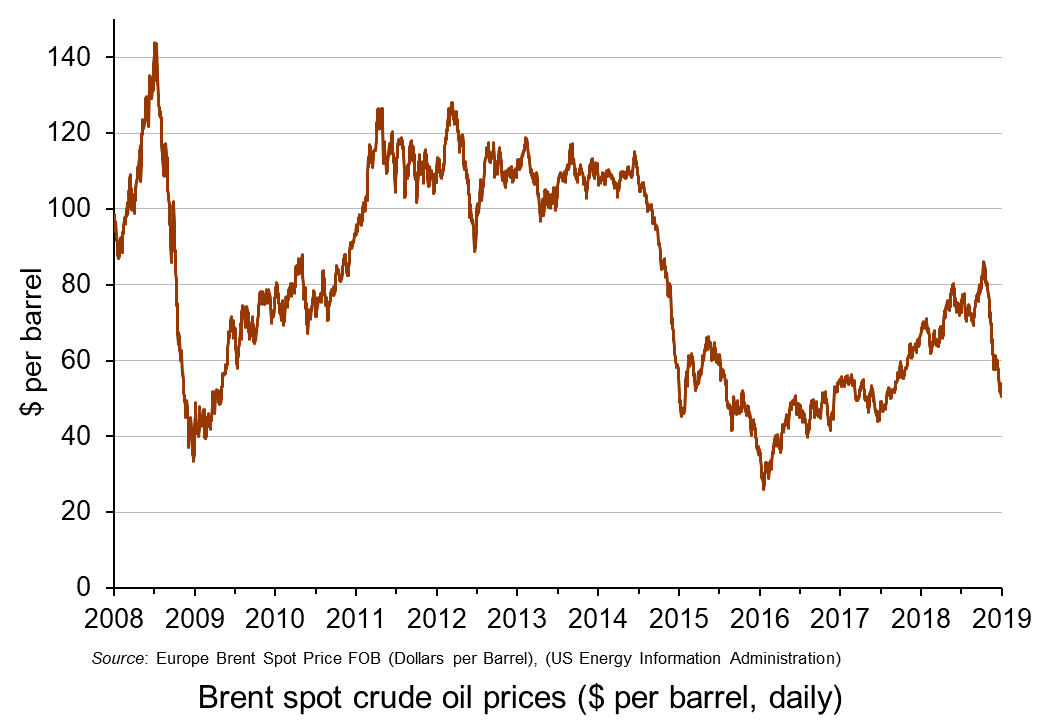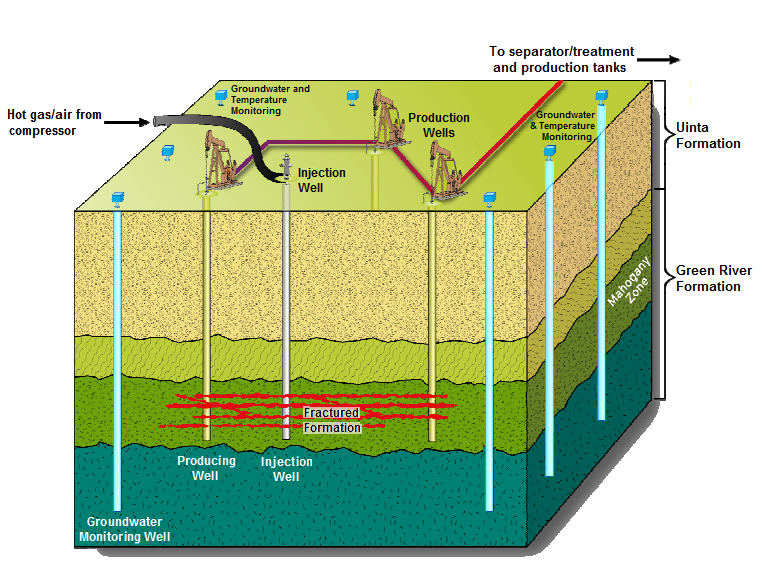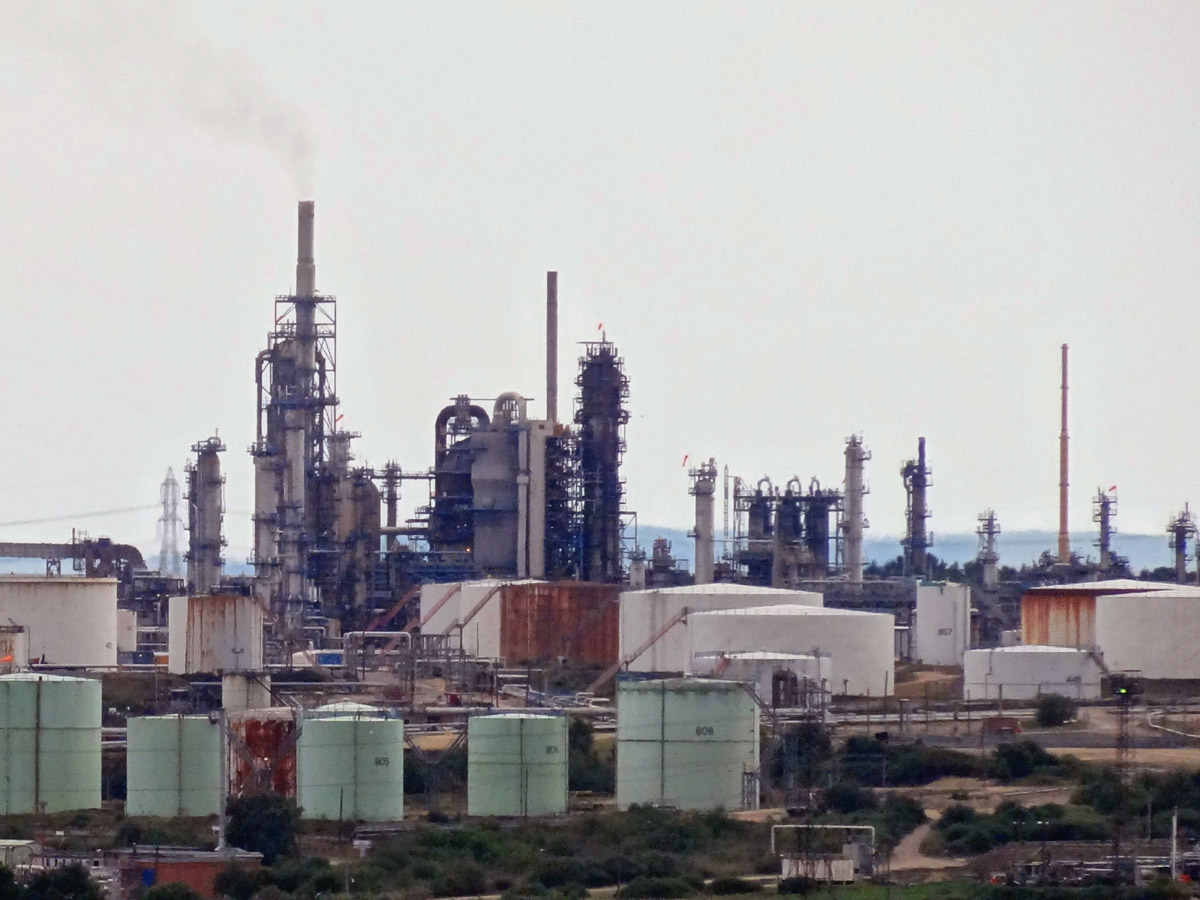 In July this year, the UK saw the highest annual house price inflation rate since May 2003. The housing market is experiencing an excess demand for houses. There is a greater demand from buyers than there are homes for sale. This has led to a double-digit annual rise for the 10th consecutive month. Nationwide building society data show that UK house prices rose by 10% in the year to August 2022, with the typical property price rising by £50 000 in the past two years to £273 751.
In July this year, the UK saw the highest annual house price inflation rate since May 2003. The housing market is experiencing an excess demand for houses. There is a greater demand from buyers than there are homes for sale. This has led to a double-digit annual rise for the 10th consecutive month. Nationwide building society data show that UK house prices rose by 10% in the year to August 2022, with the typical property price rising by £50 000 in the past two years to £273 751.
The market has seen this continued growth in house prices despite the growing pressure on buyers’ budgets. It is even reported that estate agents are seeing a recent surge in activity. However, can the housing market continue to grow, or will we witness a crash?
House market activity
There are also signs that the housing market is now losing some momentum. According to the Nationwide, the average price of a home was £294 260 in August, 0.4% higher than the previous month. Although this marked another record high, the rise was less than earlier in the year. Halifax called the monthly rise ‘relatively modest’ compared with the rapid house price inflation that has been seen in recent times, where the average monthly increase in house prices has been 0.9%. The latest increase marked a return to growth for house prices, after they fell in July for the first time in more than a year.
However, the annual growth did slow in August, despite house prices still growing. The annual rate of house price growth dropped to 11.5% from 11.8% in July – the lowest level in three months. The Nationwide is predicting that an increase in energy costs and rising mortgage interest rates will add to the pressure on household budgets in the coming months. Energy prices are continually rising, and it is suggested that the least energy-efficient properties could typically see bills surge by £2700 a year, or £225 a month. This added squeeze on households’ disposable income, combined with the expectation that that inflation is set to remain in double digits into next year, is predicted to slow house price increases further or even cause them to fall.
Barratt Developments, the country’s biggest housebuilder, stated that the number of homes reserved each week until the end of August had fallen below the level of a year earlier, and was now lower than before the coronavirus pandemic. This has been partly driven by people anticipating further rises in interest rates and provides further evidence of a slowdown in the housing market.
Bank of England decisions on interest rates
 In early August, the Bank of England announced its biggest increase in interest rates in 27 years, taking the UK base rate from 1.25% to 1.75%, a 13-year high. This rise in the base rate, which has a knock-on effect on other interest rates, was an attempt to control rising inflation as energy and food prices soared.
In early August, the Bank of England announced its biggest increase in interest rates in 27 years, taking the UK base rate from 1.25% to 1.75%, a 13-year high. This rise in the base rate, which has a knock-on effect on other interest rates, was an attempt to control rising inflation as energy and food prices soared.
Then, on Thursday 22nd September, the Bank of England announced a further 0.5 percentage point rise in the base rate to 2.25%. This is now the highest level for 14 years, but this is unlikely to be the peak as it is expected that the Bank will continue raising rates into next year.
The government’s mini-Budget on 23 September involved a price cap on energy prices, estimated to cost around £150 billion, and various tax cuts. The package would be funded largely by borrowing. This is likely to drive interest rates up further. Indeed, in response to the package, the interest rate on new government bonds soared and price of existing bonds (which pay a fixed amount per annum) correspondingly fell, thereby increasing their yield. Yields rose above 4%; they were just 1.3% rate at the start of the year.
These further increases in interest rates will have a negative impact on the market as they feed through to mortgage rates, which have already increased noticeably recently. Indeed, following the mini-Budget and the rise in bond prices, around half the mortgage products on offer to new buyers or those re-mortgaging were withdrawn. Many households with mortgages will thus see their costs rise. Experts have warned that borrowers in the UK are especially exposed, with many people having mortgages tracking central bank rates or having short-term fixed deals set to expire. Those on fixed-rate deals will not be immediately affected, although their costs could jump when their deals come up for renewal.
The impact of a recession
Even though the housing market is slowing, it is nowhere near a crash. But, with the Bank of England predicting a recession, there is concern about the impact on the housing market. In August, the Bank had warned that Britain was likely to enter into a recession by December this year and predicted it to last 15 months. However, with the announcement of higher interest rates, the Bank now warns that the UK may already be in a recession. The central bank had previously expected the economy to grow between July and September, but it now believes it will have shrunk by 0.1%. This comes after the economy already shrank slightly between April and June.
A recession is defined as when an economy shrinks for two consecutive quarters. During a recession, house prices typically flatline or decrease but it all depends on how severe the recession is. Historically, when there is a deep and prolonged contraction in the economy with rising unemployment, house prices tend to fall.
Finance experts have predicted that the UK will suffer its longest downturn since the 2008 financial crisis. The global financial crisis saw the availability of mortgage finance contract, making it much harder for people to borrow, thereby reducing the demand for homes. This, together with rising unemployment, resulted in average house prices falling by 12%. It was not until 2010 that the housing market in London began to recover and not until 2013 in the wider UK market.
The BoE’s Monetary Policy Committee (MPC) have warned:
Real household post-tax income is projected to fall sharply in 2022 and 2023, while consumption growth turns negative.
This will be the first recession in the UK since the height of the Covid crisis 2020. However, then the housing market didn’t behave in the typical way and property prices continued rising. This was fuelled by people working from home, which encouraged both house movers and first-time buyers to seek houses with sufficient space. The housing market has been rampant ever since as people have taken advantage of low interest rates and also of the stamp duty holiday between July 2020 and September 2021 (see the blog, The red hot housing market).
This time, however, the predicted recession could finally put the brakes on growing house prices as people’s real incomes fall. With people faced with higher mortgage rates and the cost-of-living squeeze, the growth in demand for property is likely to slow rapidly: to 5% in the second half of this year and then lower still in 2023. This could eventually match the supply of property. Supply may also increase as a result of an increase in repossessions as people struggle to pay their monthly mortgage bills.
Cuts to stamp duty
In his mini-Budget on 23 September, the new Chancellor, Kwasi Kwarteng, announced that stamp duty on house purchases would be cut. The threshold at which buyers have to start paying the duty would rise from £125 000 to £250 000 and first-time buyers would not pay any duty on the first £425 000.
This cut in tax on house purchase will go some way to offsetting the effect of rising mortgage interest rates and is likely to reduce the slowdown in house price rises.
First time buyers
A recession could actually help some people climb onto the property ladder if it pushes property prices down. That would lead to smaller deposits being needed and lower total amounts having to be borrowed.
 However, despite the prospect of falling house prices, it still remains tough for first-time buyers. The biggest risk for hopeful homebuyers in a recession is losing their job. At a time of increased uncertainty, some first-time buyers are likely to wait, hoping that homes will become cheaper. However, there have only been 31 months in the past 20 years when house prices have fallen, all of which occurred between 2008 and 2012. Myron Jobson, senior personal finance analyst at Interactive Investor said:
However, despite the prospect of falling house prices, it still remains tough for first-time buyers. The biggest risk for hopeful homebuyers in a recession is losing their job. At a time of increased uncertainty, some first-time buyers are likely to wait, hoping that homes will become cheaper. However, there have only been 31 months in the past 20 years when house prices have fallen, all of which occurred between 2008 and 2012. Myron Jobson, senior personal finance analyst at Interactive Investor said:
Fast-rising rents are not offering any relief and could keep some buyers in the hunt for a home for longer than they would like.
Also, prices are not yet actually falling, even though demand is slowing. Demand for homes is still outstripping the available housing inventory. This means that the market is still a difficult one for first-time buyers and those looking to climb up the property ladder.
At first sight, it may seem that cuts to stamp duty will help first-time buyers, especially as the duty is paid after a higher threshold than for other purchasers. However, the stamp duty cuts will stimulate demand, which, as we argued above, will reduce the slowdown in house price rises. Also, despite the threshold being higher for first-time buyers, by stimulating house price inflation, most if not all the gains in the duty cut could be offset and could risk pricing-out first-time buyers.
Conclusion
The economic outlook is uncertain. However, the rises in the energy price cap in October and beyond, and the general rise on the cost of living as prices rise faster than wages, are expected to increase pressure on household finances, which will limit the amount that prospective house buyers can afford to borrow. As a result, house price inflation is expected to fall across the majority of UK regions, as buyer demand eases. But just how much house price inflation will fall and whether it will turn negative (i.e. a fall in house prices) is hard to predict
Articles
- House price growth at 10% a year despite squeeze on finances
- How will a recession hit the UK housing market?
- Could the UK see interest rates rise to 5%?
- UK may already be in recession – Bank of England
- Mortgage rates: act fast as increases loom
- Who escapes the great mortgage reset?
- UK house prices: Halifax and Barratt warn of challenges ahead
- Annual rate of UK house price growth doubles to 15.5% in one month
- After an autumn flurry, is the UK housing market going to fall at last?
- Stamp duty cut will benefit UK’s wealthier and raise inflation, say experts
- What does Kwarteng’s stamp duty cut mean for UK homebuyers?
- What happens to house prices in a recession? A property expert explains
BBC News, Kevin Peachey (1/9/22)
BBC News, Simon Read (5/8/22)
BBC News, Faisal Islam (22/9/22)
BBC News, Dearbail Jordan & Daniel Thomas (22/9/22)
Financial Times, James Pickford (16/9/22)
Financial Times, Tom Braithwaite (16/9/22)
The Guardian, Joanna Partridge (7/9/22)
The Guardian, Rupert Jones (14/9/22)
The Observer, Julia Kollewe (17/9/22)
The Guardian, Richard Partington (21/9/22)
The Guardian, Jess Clark (23/9/22)
Metro, Jack Slater (13/8/22)
Questions
- With the aid of a diagram, explain the current demand and supply in the housing market.
- How does an expectation of a rise in interest rates affect the demand for housing?
- Define the term recession. Why is the UK likely to enter recession (if it has not already done so)?
- Describe the characteristics of the business cycle during a recession.
- How do expectations of house price increases affect actual house price increases?
 Back in October, we examined the
Back in October, we examined the  Brent crude prices have fallen from $86 per barrel in early October to just over $50 by the end of the year – a fall of 41 per cent. (Click
Brent crude prices have fallen from $86 per barrel in early October to just over $50 by the end of the year – a fall of 41 per cent. (Click 

 Oil prices have been rising in recent weeks. With Brent crude currently at around $85 per barrel, some commentators are predicting the price could reach $100. At the beginning of the year, the price was $67 per barrel; in June last year it was $44. In January 2016, it reached a low of $26. But what has caused the price to increase?
Oil prices have been rising in recent weeks. With Brent crude currently at around $85 per barrel, some commentators are predicting the price could reach $100. At the beginning of the year, the price was $67 per barrel; in June last year it was $44. In January 2016, it reached a low of $26. But what has caused the price to increase? scope for transporting more oil from the major US producing area – the
scope for transporting more oil from the major US producing area – the  In terms of losers, higher oil prices are likely to dampen global growth. If the oil price reaches $100 per barrel, global growth could be around 0.2 percentage points lower than had previously been forecast. In its
In terms of losers, higher oil prices are likely to dampen global growth. If the oil price reaches $100 per barrel, global growth could be around 0.2 percentage points lower than had previously been forecast. In its